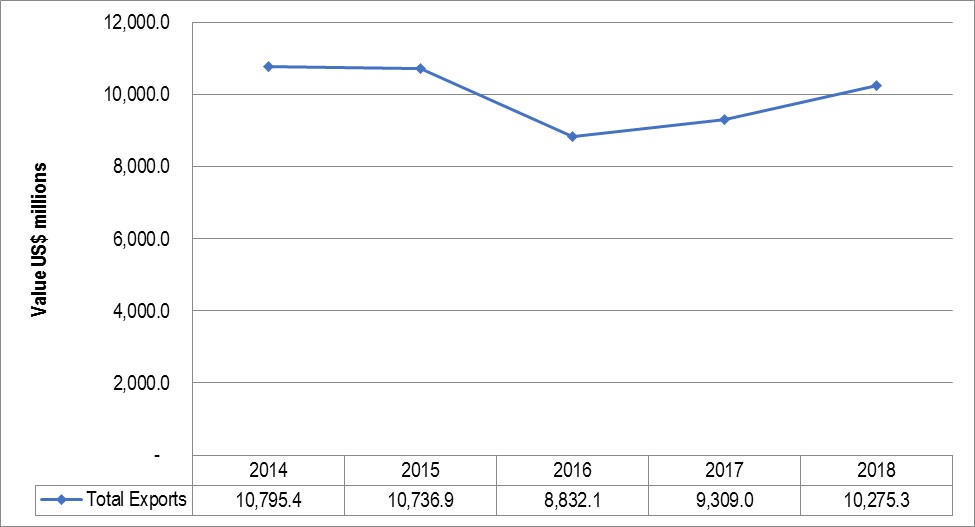
Lusaka, May 26, 2020: The International Monetary Fund projects that the global economy will contract by 3% in 2020 much worse than during the global financial crisis and grow by 5.8% in 2021, assuming that the pandemic fades in the second half of 2020 and containment measures are lifted.
Sub Saharan Africa is projected to contract by 1.6% in 2020 and grow by 4.1% in 2021. According to the World Trade Organization (WTO), merchandise trade could fall by 13% and 32% in 2020 depending on the length and severity of the Covid-19 pandemic. In addition, world trade volume (goods and services) are projected to contract by 11% in 2020 and rebound to 8.4% in 2021.
Aside from the economic crisis that Covid-19 has brought forth, it also presents an opportunity for COMESA Member States to consolidate and strengthen regional economic integration towards meeting the aspirations of structural transformation, sustainable and inclusive growth.
According to a report by COMESA Research Experts, Benedict Musengele and Jane Kibiru, trade is emerging as a remedy that could reduce the pandemic’s adversity through flow of essential goods like food, medical supplies and other hygiene products.
“The relaxation of the free movement of essential goods in the region will enhance their production and boost intra-COMESA trade during this pandemic period,” the report states and cites the implementation of the Digital Trade Facilitation and other instruments as core in mitigating vulnerability to shocks such as Covid-19 pandemic.
It identifies pharmaceutical products as among the top intra-COMESA traded products, which could immensely grow as the import origin markets namely EU, India, USA, China and UK are among the hard hit by Covid-19. The five contribute 45%, 19% 6% 4% and 3% of the source market for pharmaceutical product to COMESA.
According to an International Trade Centre report (ITC, 2020), some of these countries, UK, US, China and India have imposed export restrictions in some pharmaceutical products, which may affect their importation, yet these are critical in the fight against Covid-19.
COMESA is a net importer of pharmaceutical products with exports amounting US$ 442.53 million in 2018 and imports worth US$ 6,451.03 million respectively. The intra-COMESA exports of pharmaceutical products constituted 32 % of the exports.
“This shows that pharmaceuticals are a major intra-COMESA export hence the need to facilitate its cross- border trade during this pandemic period,” the COMESA researchers note in the report.
To unblock this potential, a number of measures will need to be put in place by Member States. These include, taking a regional coordinated approach in mitigating the impact of Covid-19 and allowing free movement of both, essential and non-essential goods within and out of COMESA. The region will also need to enhance production capacity and regional value chains to reduce over-reliance on external trade and vulnerability to global shocks/crisis.
In addition, the region has to diversify markets for COMESA imports and exports to reduce dependency on few countries, identify and provide incentives to manufacturing companies with capacity to produce Covid-19 essential products and facilitate their trade in the region.
Other measures that will spur intra-COMESA trade include fast- tracking the creation of an online platform for sharing information on availability of essential products during the pandemic period.
Given the disruption that mitigation measures have had on the regional supply chains, the implementation of the COMESA Digital Free Trade Area, encompassing e-Commerce is no longer an option but imperative for economic recovery and growth.
Luckily, the ministers responsible for regional trade in COMESA recently adopted a set of common guidelines on trade facilitation, which are being gazetted and hence binding the countries to implement them. These provide the springboard to not only relaunch intra-COMESA trade, but to also build resilience to withstand future shocks on regional economies.




